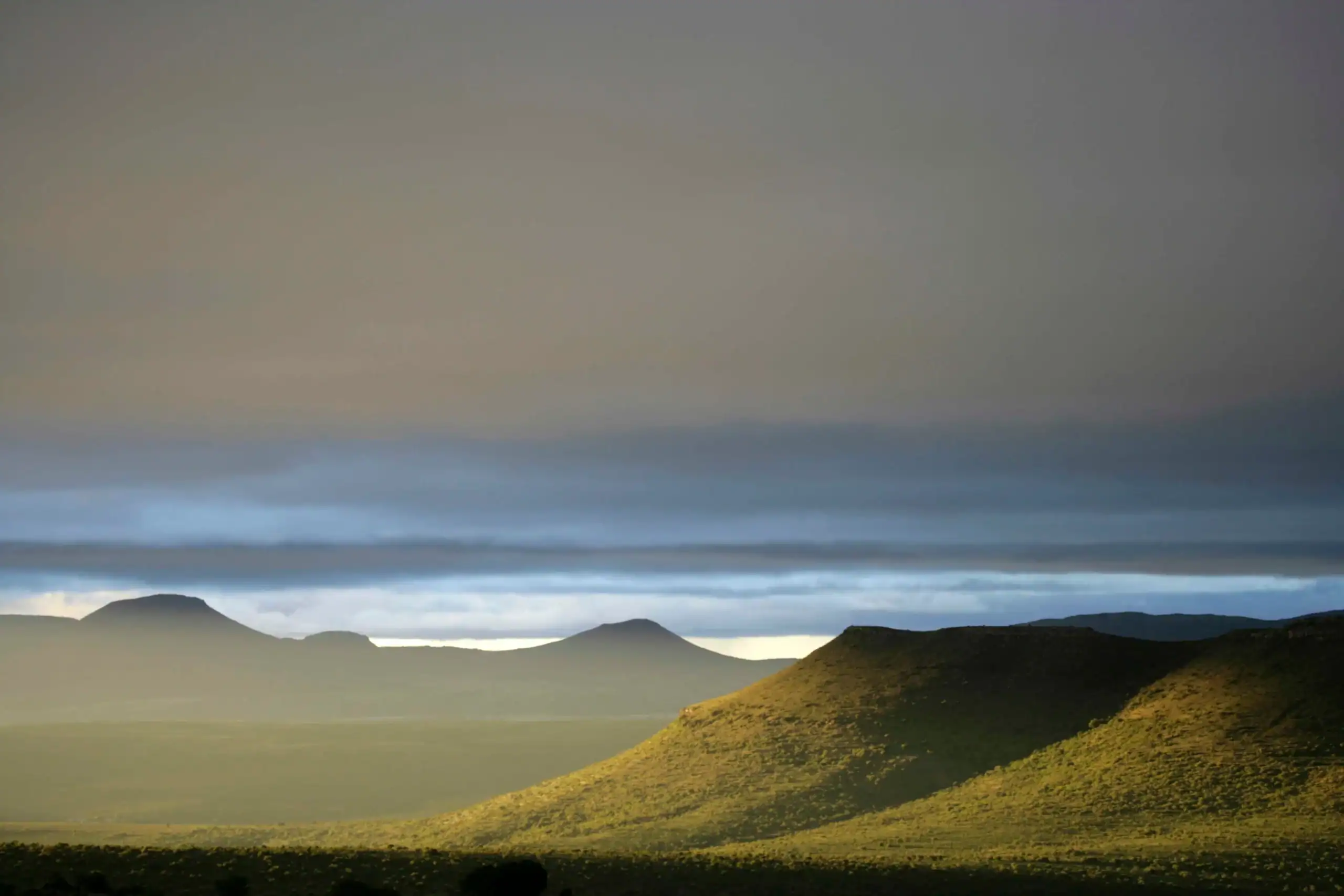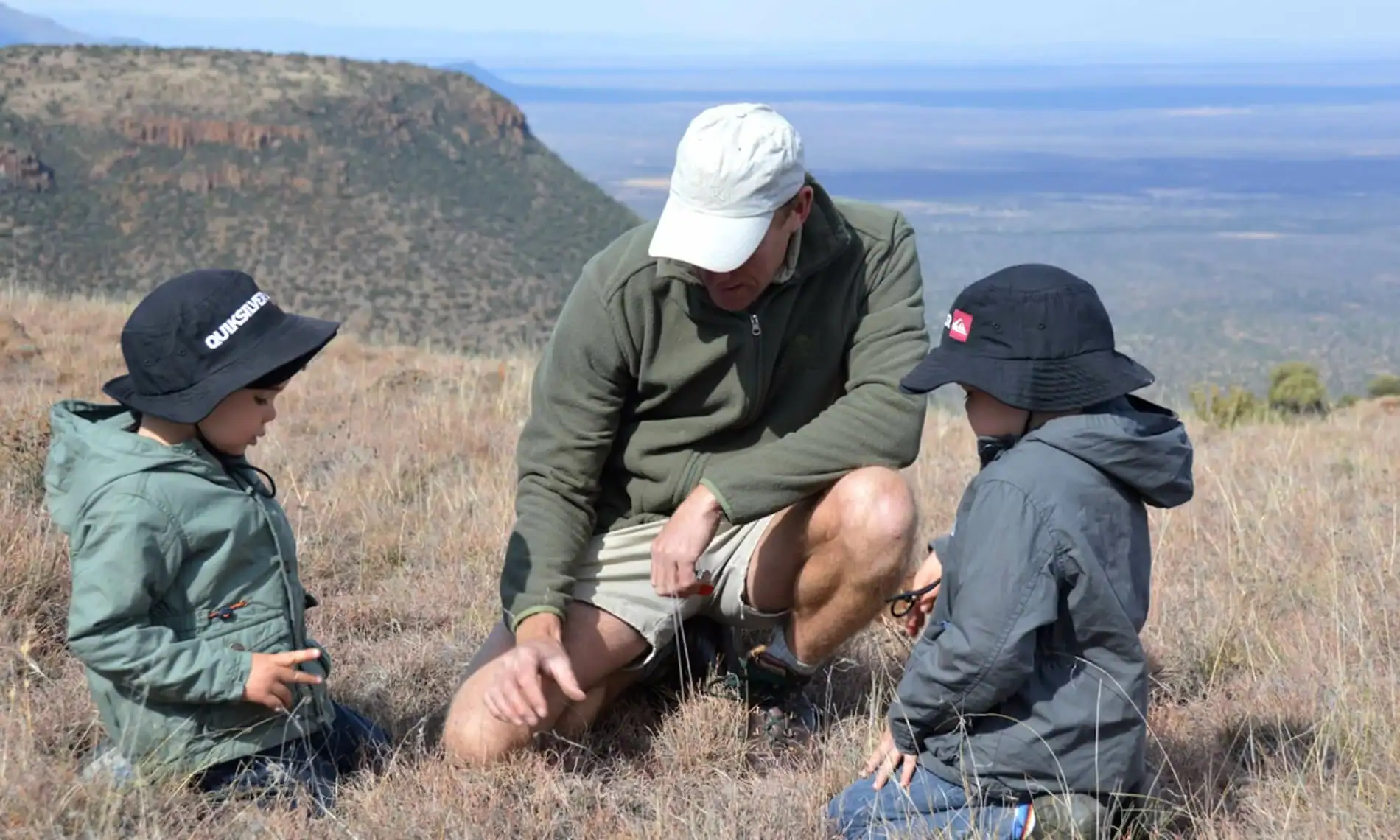1. Set a good example
Recycling, green living and conscious consumption at home set the standard by which your kids will judge everything else. Explain why these small yet significant acts can make such a difference.2. Begin with your backyard
Encourage and nurture a mini ecosystem in your garden or on your balcony. Set up feeders for birds, squirrels and bees. Gather plants that will attract insects and butterflies. Grow your own organic vegetables and get your children excited about the seasonal cycles of plants.3. Enjoy the great outdoors
Instil a love for the environment in your children by exploring and enjoying nature from an early age. Youngsters these days have less opportunity and far less incentive to play outdoors in this ‘Age of Technology’. Time spent out in the fresh air hiking, camping and mountain biking are fun ways to get outside.4. Explain seasonal changes
Allow children to observe the seasonal migration of birds, explaining where in the world they fly to, to breed and feed. Help them notice the seasons, the first flowers in spring, the change in colour as autumn progresses and the first snowfall of winter.5. Encourage teachable moments
Encourage children to link school projects to observations about local wildlife and plants they see at home. Nurture their interest in their favourite species by buying educational (and ideally locally-made!) toys.6. Plan exciting holidays in Nature
Safaris provide the perfect opportunity to showcase animals in their natural habitat, and a range of options to suit all budgets is available. Start off by visiting one of South Africa’s many national parks, where a day trip in your own vehicle can be very inexpensive and rewarding.Or treat yourself to a stay at a luxury game lodge like Samara Private Game Reserve, where your children will be able to ask experienced guides all manner of curious questions. Some reserves, like Samara, organise family friendly safaris and activities to keep children entertained even between game drives.7. Keep it relevant
Once they get a bit older, it’s important to explain to children why the issues affecting our planet and wildlife are so important for them and their generation. Ask your local bookseller for advice on picture books which can explain the plight of wildlife facing extinction. We love this selection for different ages.8. Adopt an animal
Many game parks and wildlife sanctuaries across the African continent have adoption programmes, such as the Daphne Sheldrick Wildlife Trust in Kenya which rescues baby elephants. A small monthly direct debit will help safeguard your chosen animal, allowing you to follow its progress and receive updates as if it were your own – much to the delight of your children.9. Volunteer
Once your kids are old enough, they can apply to volunteer for a number of wildlife organisations. Many charities are in need of an extra pair of hands to carry out their projects. For wilderness nuts, Samara offers a popular volunteer programme designed to showcase the ‘behind-the-scenes’ of running a game reserve.10. Find the humour
An excellent way of engaging kids is to make them laugh. One of Samara’s attractions for children is the ‘Funny Five‘, a play on the Big Five comprising a motley crew of bush residents that are sure to make young and old giggle.Have you tried any of these suggestions? Have suggestions of your own? We’d love to hear from you. Let us know in the comments.Samara Private Game Reserve is a luxury 5-star destination with a passionate conservation mission set within breathtaking wilderness. Follow us on Facebook, Twitter, Google Plus or Instagram, or click here to start planning your stay with us today. A safari for the soul.

